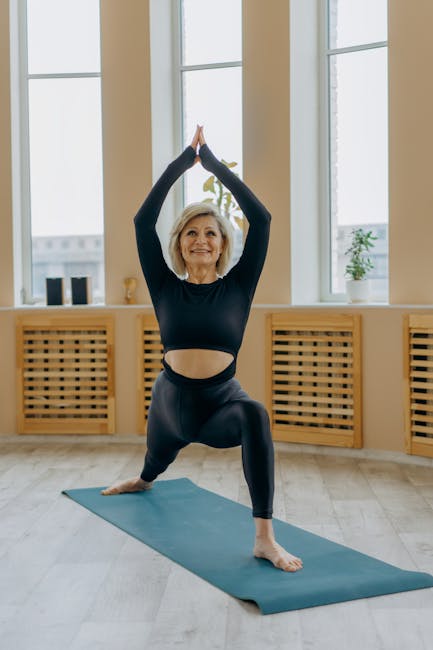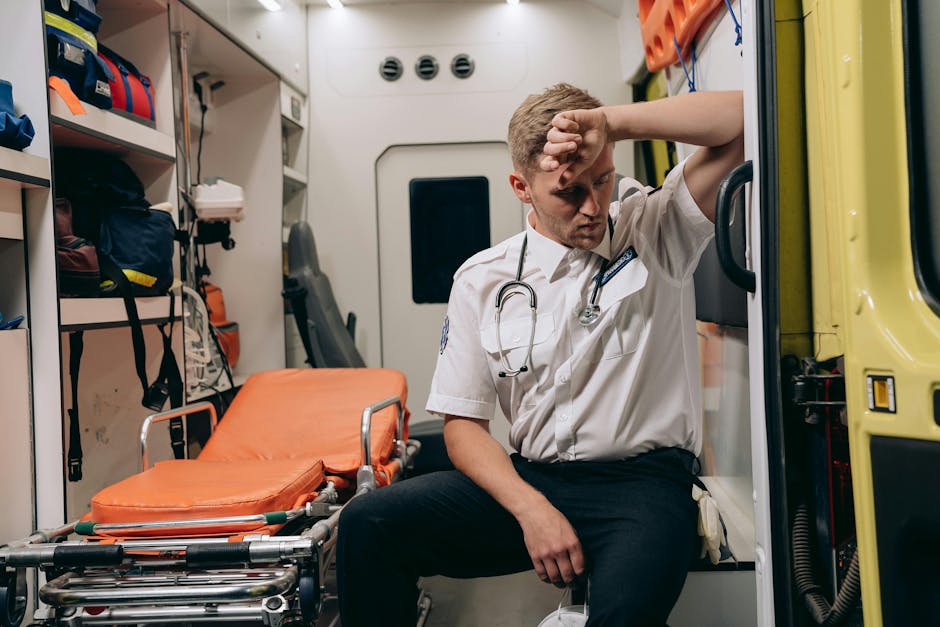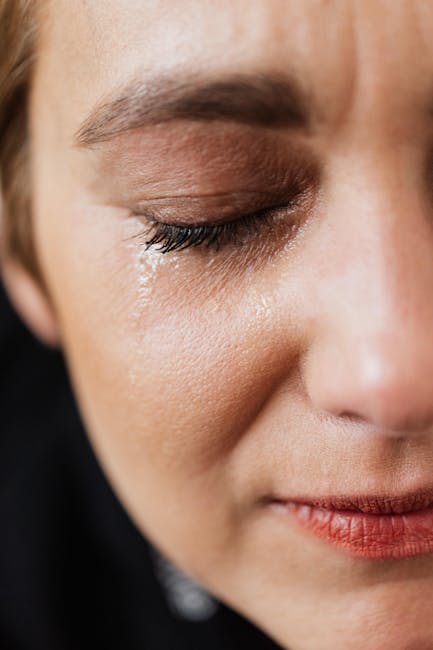Welcome to the “next chapter” of my life… being a voice and an advocate for #mentalhealthawarenessandsuicideprevention, especially pertaining to our younger generation of students and student-athletes.
Getting men to speak up and reach out for help and assistance is one of my passions. Us men need to not suffer in silence or drown our sorrows in alcohol, hang out at bars and strip joints, or get involved with drug use.
Having gone through a recent bout of #depression and #suicidalthoughts myself, I realize now, that I can make a huge difference in the lives of so many by sharing my story, and by sharing various resources I come across as I work in this space. #http://bit.ly/JamesMentalHealthArticle

- A startling new report from the American Psychological Association suggests that #depression rates have spiked more than 50% since 2007 in teens and young adults.
- Young people from age 12 to 25 are also reporting more suicidal thoughts, plans, and #suicideattempts.
- Last week, 23-year-old Olympic cyclists and Stanford graduate student #KellyCatlin died by suicide. She had sustained a concussion during winter training. It wasn’t the first death by suicide at that school in 2019.
- Psychologists are worried that kids are getting less sleep and spending more time on their phones.
Last week, 23-year-old #USOlympiccyclist #KellyCatlin died by #suicide Friday at Stanford University. She is not the first student the university has lost that way this year, but doctors, psychologists, and coaches across the US are worried about the mental health of the nation’s young people far beyond the halls of Stanford.
There’s a quiet, deadly, and troubling trend on the rise: More young people of all ages are thinking about suicide, attempting suicide, and dying by suicide. Even though #suicide rates are going up in nearly all age groups in the US, the trends that are happening in people under 26 are unique, according to a new study published in the Journal of Abnormal Psychology.
When researchers looked at questionnaire responses to the National Survey on Drug Use and Health from over 600,000 teens and adults across the US, they found that rates of major depressive episodes have more than doubled since the mid-2000s, in kids as young as 12 and young adults up to 25. #Suicidalthoughts and #suicideattempts are also going up markedly in young people.
“These trends are weak or non-existent among adults 26 years and over, suggesting a generational shift in mood disorders,” lead study author and psychologist Jean Twenge said in a news release. “More U.S. adolescents and young adults … experienced serious #psychologicaldistress, major #depression or #suicidalthoughts, and more attempted #suicide.”
The trends are not specific to any social group, economic class, sex, or race, but the researchers did see some of the biggest upticks in young women, and people in their young 20s were especially vulnerable. #Suicide is now the second leading cause of death for all US teens and young adults from ages 10 to 35, after accidents.

#KellyCatlin was a first-year masters degree student studying computational and mathematical engineering and an accomplished cyclist who won silver in the 2016 Rio #Olympics. She was also a fraternal triplet and is now mourned by her brother, Colin, and her sister, Christine.
Her first cycling coach, Charlie Townsend of NorthStar Development Cycling in Minnesota, remembers Catlin as a jaw-dropping star cyclist who rose quickly into national and international competitions in less than two years on the team.
Last winter, Catlin sustained a concussion during training. Her sister, Christine, told the Associated Press Catlin was having “really bad headaches” and was more sensitive to light after the accident. She attempted #suicide once in January but seemed to be doing better recently.
Studies show experiencing a concussion can increase a person’s risk of suicide twofold, and while evidence is still scant, there are also indications that elite athletes are at higher risk for anxiety and depression, which are both risk factors for suicide. High-profile athletes like Michael Phelps and Missy Franklin have become increasingly open about their own mental health and depression.
“I think she put very, very high expectations on herself,” Townsend said of Catlin. “For the most part, she met those expectations.”
He wishes coaches were better at helping young athletes not only achieve success but also deal with setbacks and defeats: “The #suicide really has caused me to do a lot of thinking about what the right way to develop kids is, and what they really need to go forward — not just in cycling — but in the rest of their life.”
ER doctors are seeing more young kids who’ve attempted #suicide
#Athletes are not the only young people at risk. Researchers recently took a look at three different urban emergency rooms across the US and found that a third of kids from ages 10 to 12 screened positive for #suiciderisk.
“Typically, #suicidalthoughts and behaviors are seen in older teens,” study author Lisa Horowitz, a clinical scientist at the #NationalInstituteofMental Health, said in a news release. “This study shows that children as young as 10 who show up in the emergency department may be thinking about suicide, and that screening all preteens — regardless of their presenting symptoms — may save lives.”
Researchers aren’t sure why this is happening, but they think that both more screen time and less sleep may play a role. The two often go hand in hand: Studies show that the glowing lights of a phone or TV affect our sleep quality, and there’s plenty of data suggesting people are getting up more often in the middle of the night to check on their buzzing phones.
“Overall, make sure digital media use doesn’t interfere with activities more beneficial to mental health such as face-to-face social interaction, exercise, and sleep,” Twenge said.
What to do if you’re worried someone might be #suicidal
#Depression and #mentalillness can’t be willed away, and it’s not a character flaw. Traumatic events that lead to depression can happen to anyone, and more than 1 in 20 Americans suffers from depressionon any given day.
There are several warning signs to keep an eye out for if you’re worried that someone close to you may be #suicidal. These include:
- Threatening to hurt or kill themselves
- Looking for ways to complete #suicide, like getting access to pills or a gun
- Talking about death, dying, or #suicide out loud or on social media
- Rage and revenge-seeking
- Being reckless or doing uncharacteristically risky things
- Feeling trapped and withdrawing from social activities
- Anxiety or trouble sleeping
- Dramatic shifts in mood
Only a medical professional can diagnose someone as #suicidal, but asking the question, “Are you thinking about killing yourself?” and providing a safe space for someone to talk about their feelings without judgment or shame can be extremely helpful.

If you or someone you know is struggling with #depression or has had thoughts of harming themselves or taking their own life, get help. The National Suicide Prevention Lifeline (1-800-273-8255) provides 24/7, free, confidential support for people in distress, as well as best practices for professionals and resources to aid in prevention and crisis situations.
[wpvideo HkW94ZPJ]
James Donaldson is a Washington State University graduate (’79). After an outstanding basketball career with WSU, he went on to play professional basketball in the NBA with the Seattle Supersonics, San Diego/L.A. Clippers, Dallas Mavericks, New York Knicks, and Utah Jazz. He also played for several teams in the European Leagues in Spain, Italy, and Greece, and he toured with The Harlem Globetrotters to wrap up his career. James was an NBA All-Star in 1988 while playing center for the Dallas Mavericks. In 2006, James was inducted into the Pac-10 Sports Hall of Fame and also the Washington State University Athletic Hall of Fame. In 2010, James was elected as a board member for the NBA Retired Players Association.
James frequently conducts speaking engagements (motivational, inspirational, educational) for organizations, schools, and youth groups.
In 2010, James was the recipient of the NBA Legends of Basketball ABC Award, awarded for outstanding contributions in Athletics–Business–Community.
He believes in being a role model for success and professionalism to the scores of young people to whom he devotes so much of his time. He currently serves on several boards and committees and is a member of many organizations.
James believes in developing relationships that create a “Win-Win” environment for everyone involved, and in being the best he can be!
For more information about James Donaldson or to request he speak at your event, contact him at:
www.StandingAboveTheCrowd.com
JamesD@StandingAboveTheCrowd.com
1-800-745-3161 (voicemail & fax)
James Donaldson is the author of “Standing Above The Crowd” and “Celebrating Your Gift of Life” and founder of the Your Gift of Life Foundation which focuses on mental health awareness and suicide prevention, especially pertaining to our school aged children and men.
If you’re interested in having James come and speak to your group of young adults, business entrepreneurs, aspiring political and community leaders, and athletic teams, please contact him at jamesd@yourgiftoflife.org and or leave a personal message for him at 1-800-745-3161. Keep up with him and read about how he is reaching out and making a difference in the lives of so many around the world at www.yourgiftoflife.org



